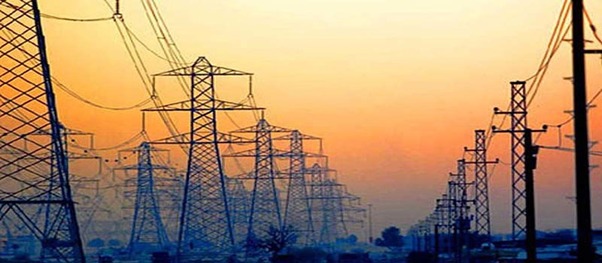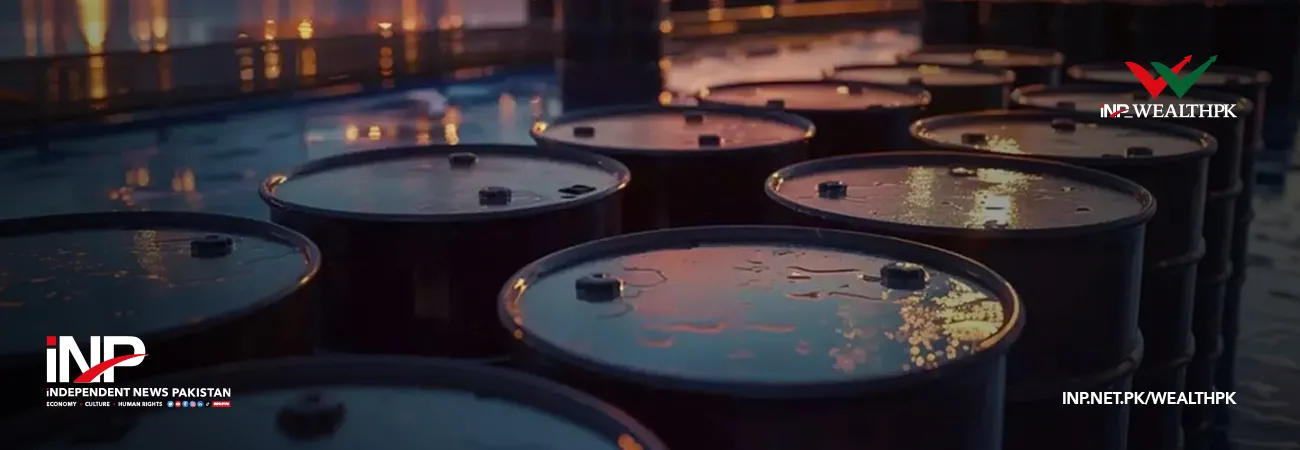آئی این پی ویلتھ پی کے
Farooq Awan
Pakistan’s energy market has entered a prolonged high-cost phase marked by weak demand, rising import dependency, circular debt accumulation, and an accelerated but uneven transition toward renewable energy.
Despite some temporary improvements in production and supply balance during fiscal year 2023-24, the country’s energy mix remains strained due to persistent inefficiencies, tariff distortions, and inadequate investment in domestic resource development.
According to the Pakistan Energy Market Review 2025 by Renewables First, total primary energy supply fell by 2 percent year-on-year to 81 million tonnes of oil equivalent (Mtoe) in FY24, while final energy consumption dropped 7 percent to 43 Mtoe — the third consecutive annual decline. The slowdown was primarily driven by tariff-driven demand destruction, lower industrial output, and a structural shift toward distributed solar power.
At the same time, the share of imported fuels, especially liquefied natural gas (LNG), remained high, exposing the economy to volatile international prices and exchange rate pressures. The report said that Pakistan’s energy system is now characterized by declining indigenous fuel production and increasing reliance on imported energy sources. Domestic natural gas output fell 4 percent in FY24, continuing a multi-year downward trend caused by field depletion and low exploration activity.
Crude oil production increased marginally by 2 percent but remains 25 percent lower than a decade ago. In contrast, LNG imports rose 13 percent during the same period, reaching 9.1 Mtoe and accounting for nearly one-third of total gas supplies. The imbalance between domestic production and imported energy has placed severe strain on the fiscal and external accounts. At the macro level, the report noted that the energy sector’s cost structure has become unsustainably heavy.
Gas tariffs rose by up to 193 percent for industrial users and 150 percent for households during FY24 as part of government reforms aimed at aligning prices with the weighted average cost of gas. While these adjustments helped slow the buildup of circular debt, they also undermined affordability and competitiveness, prompting consumers to turn to self-generation and alternative fuels. The study found that the circular debt in the gas sector alone reached Rs3.2 trillion by March 2025, driven by subsidy delays, theft, inefficiencies, and late payments from power companies.
The corresponding debt in the power sector also remained above Rs2.3 trillion despite repeated tariff hikes and government settlements. These unresolved liabilities continue to lock up liquidity across the supply chain, limiting investment in exploration, infrastructure, and renewable energy projects. Coal, another key component of Pakistan’s energy mix, showed contrasting trends. Domestic production surged 28 percent to 8.6 Mtoe as Thar-based power projects operated at full capacity, but overall consumption fell 3 percent due to weak industrial demand.
Coal imports dropped 39 percent amid forex shortages, yet Pakistan remains exposed to imported energy volatility because of high dependence on LNG and refined oil products. Petroleum consumption, meanwhile, fell 9 percent in FY24, reflecting both price-induced demand compression and structural shifts in the economy. The report emphasized that while short-term austerity and demand contraction have stabilized energy imports, they have not addressed the underlying weaknesses of the energy system.
Pakistan’s aging transmission and distribution infrastructure, high system losses, and policy uncertainty continue to impede sector efficiency. The country’s energy planning framework also remains fragmented, with overlapping mandates between ministries and regulators that slow implementation and discourage private investment. However, the report identified positive structural developments in the rapid expansion of renewable and non-fossil energy sources.
The share of hydel, nuclear, and renewable energy rose 49 percent between FY21 and FY24, reaching 17 Mtoe, or roughly one-fifth of total primary energy supply. Rooftop solar adoption has grown exponentially, especially among households and industries seeking relief from rising grid and gas costs. This transition, while helping stabilize long-term energy security, has introduced new challenges for utilities, including declining sales volumes and potential revenue shortfalls from traditional sources.
The study also highlighted that the shift toward decentralized solar systems requires new regulatory and technical frameworks to manage distributed generation, storage, and power quality. It called for investment in grid modernization, smart metering, and transmission upgrades to accommodate variable renewable energy sources and reduce system losses. Furthermore, it urged the government to strengthen policy coordination between the petroleum, power, and finance ministries to align fiscal and energy strategies.
According to the Pakistan Energy Market Review 2025 by Renewables First, Pakistan’s energy sector must now shift its focus from short-term crisis management to long-term sustainability. The report concluded that without coherent reforms, the combination of falling indigenous production, rigid import contracts, and rising consumer costs could prolong the current high-cost energy era. Conversely, decisive policy action, investment in renewables, and transparent pricing mechanisms could lay the foundation for a more resilient, affordable, and sustainable energy future for Pakistan.

Credit: INP-WealthPk




